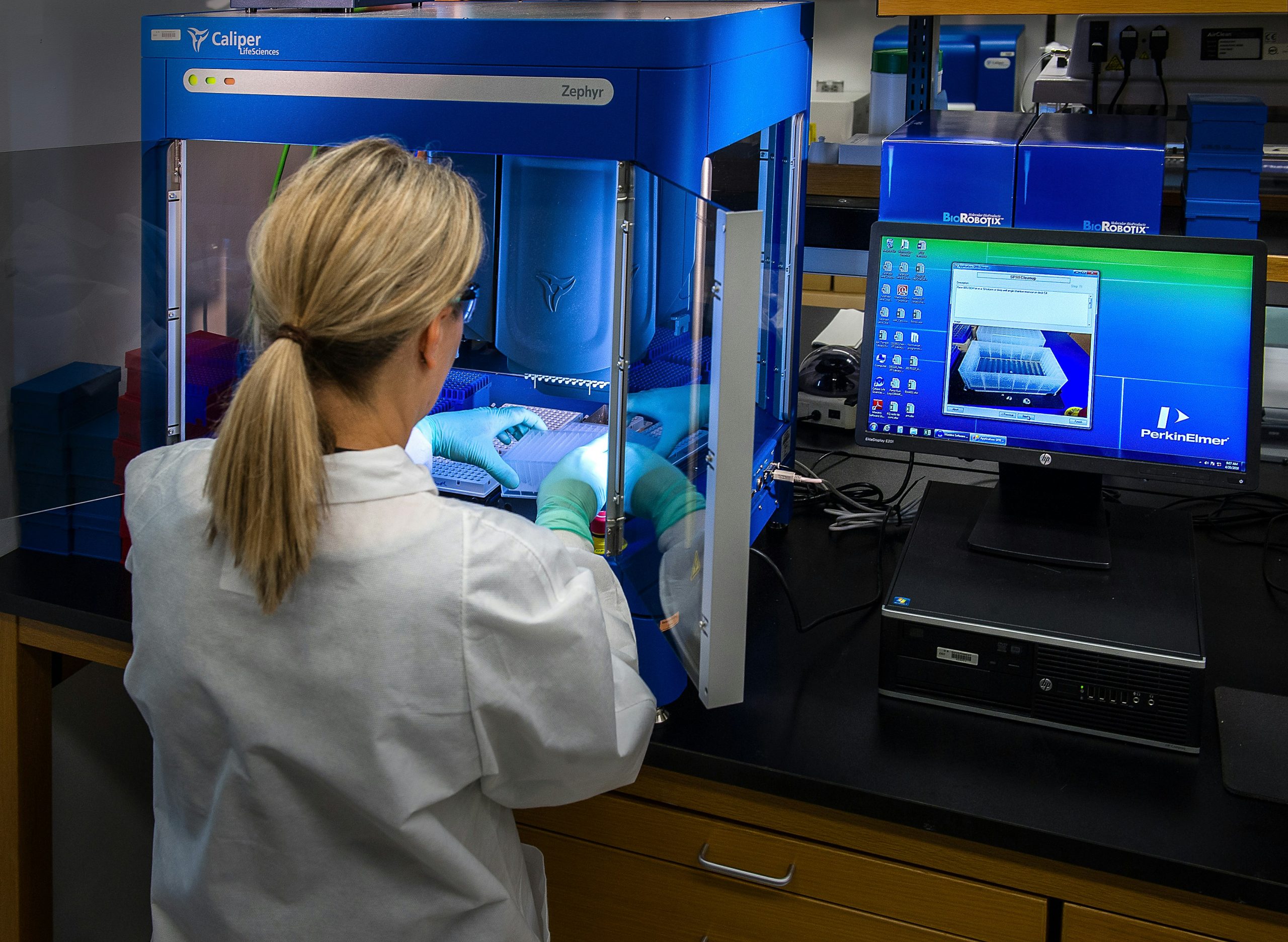In recent years, the field of mental healthcare has undergone a significant transformation, largely propelled by advancements in technology. One of the key innovations making a substantial impact is behavioral health software. This article explores the ways in which behavioral health software is reshaping the landscape of mental healthcare, improving accessibility, efficiency, and patient outcomes.

The Evolution of Mental Healthcare
1. Historical Challenges in Mental Healthcare
Traditional mental healthcare has faced numerous challenges, including limited accessibility, stigma, and fragmented treatment approaches. Patients often encountered barriers to receiving timely and effective care, contributing to the global burden of mental health disorders.
2. Rise of Technology in Mental Health
The integration of technology into mental healthcare has opened new possibilities for addressing these challenges. Behavioral health software, encompassing a range of applications and tools, plays a pivotal role in revolutionizing the delivery of mental health services.
The Impact of Behavioral Health Software
1. Enhanced Accessibility
Behavioral health software has significantly increased accessibility to mental health resources. Teletherapy platforms, mobile apps, and online support communities provide individuals with convenient and immediate access to mental health services, breaking down geographical and time-related barriers.
2. Personalized Treatment Plans
One of the key features of behavioral health software is its ability to facilitate personalized treatment plans. These plans take into account individual patient needs, preferences, and progress, offering tailored interventions that can lead to more effective outcomes compared to traditional one-size-fits-all approaches.
3. Data-Driven Insights
Behavioral health software generates valuable data that can be used to gain insights into patient trends, treatment efficacy, and overall mental health outcomes. This data-driven approach enables healthcare providers to make informed decisions, optimize treatment strategies, and continually improve the quality of care.
4. Remote Monitoring and Support
With the rise of telehealth solutions, behavioral health software allows for remote monitoring of patients. Real-time data tracking and communication tools enable healthcare providers to monitor patients’ well-being and offer support between scheduled appointments, fostering a more continuous and proactive approach to care.
Key Features of Behavioral Health Software
1. Teletherapy Platforms
Teletherapy platforms enable individuals to connect with mental health professionals through secure video calls, phone calls, or messaging. This feature has proven crucial in expanding access to therapy services, particularly in underserved or remote areas.
2. Mobile Applications for Mental Wellness
Mobile applications designed for mental wellness offer users a variety of tools, including mood tracking, meditation exercises, and self-help resources. These apps empower individuals to actively participate in their mental health journey, promoting a sense of autonomy and self-awareness.
3. Electronic Health Records (EHR) Integration
Behavioral health software often integrates with electronic health records, ensuring seamless communication and collaboration among different healthcare providers involved in a patient’s care. This integration enhances care coordination and reduces the risk of information gaps.
4. Machine Learning for Predictive Analysis
Some advanced behavioral health software leverages machine learning algorithms to analyze patterns in patient data and predict potential mental health issues or relapses. This predictive analysis allows for early intervention and more proactive care management.
Overcoming Challenges and Considerations
1. Ensuring Data Security and Privacy
As with any healthcare technology, ensuring the security and privacy of patient data is paramount. Behavioral health software must adhere to strict compliance standards, such as the Health Insurance Portability and Accountability Act (HIPAA), to safeguard sensitive information.
2. Addressing Digital Divide
While behavioral health software has expanded access to mental healthcare, it’s crucial to address the digital divide. Efforts should be made to ensure that individuals without reliable internet access or digital literacy still have avenues for receiving mental health support.
3. Integrating with Traditional Care Models
Successful integration of behavioral health software into traditional care models requires collaboration among healthcare providers, policymakers, and technology developers. Striking a balance between technology-driven innovations and established practices is essential for creating a comprehensive and inclusive mental healthcare system.

The Future of Mental Healthcare
As behavioral health software continues to evolve, its role in shaping the future of mental healthcare becomes increasingly prominent. The ongoing integration of technology, coupled with a focus on patient-centric approaches, holds the potential to revolutionize how mental health services are delivered and experienced.
In conclusion, the transformative impact of behavioral health software in mental healthcare is undeniable. From improving accessibility and personalizing treatment plans to leveraging data-driven insights, this innovative technology is paving the way for a more inclusive, efficient, and effective mental healthcare system. As we navigate the complexities of mental health, embracing these technological advancements ensures that individuals receive the support they need to lead healthier and more fulfilling lives.




